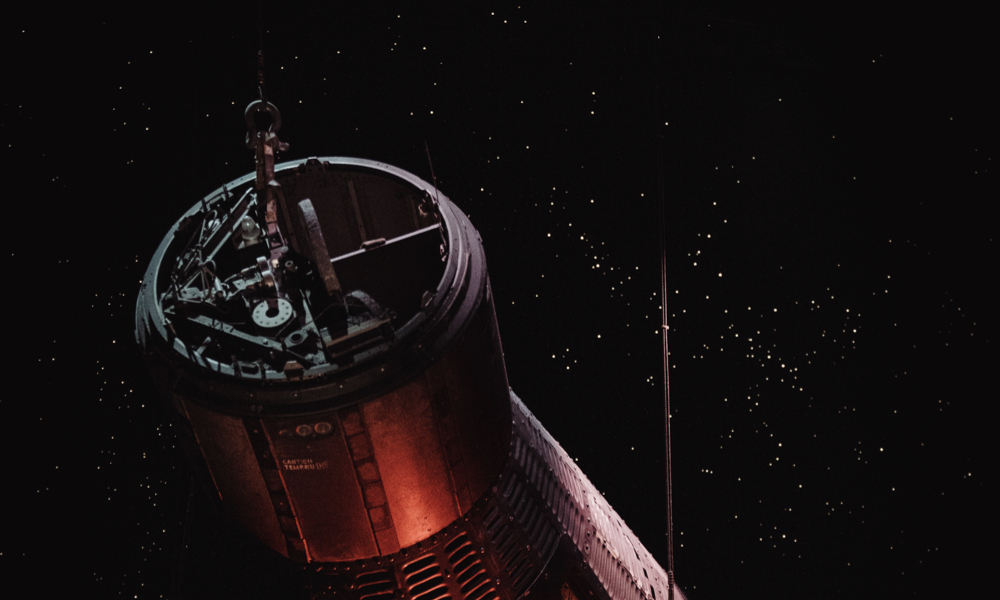
ESA Open Invitation to Tender: 1-11016
Open Date: 26/11/2021 12:55 CEST
Closing Date: 28/02/2022 13:00 CEST
The state-of-the-art generation of re-entry safety risk models are based on a combination of models derived from computational fluid dynamics and small scale material and component testing in ground facilities. As both the testing and computational models have their limitations,the combination thereof is not capable of simulating or testing the chords of an Earth atmospheric re-entry trajectory associated with destructive break-ups. However, these events occur frequently (on average every fortnight for objects large enough to have pieces surviving till ground impact) and hence risk models have been established in the past essentially based on extrapolation and simplification. Limited in-situ or remote observation data sets associated with destructive break-ups were only be used toqualitatively tune or guide such models. This leads major known, but not understood, gaps between observation and prediction. Repeatable and targeted in-flight experiments have been identified as necessary step to take in understanding the multi-physics destructive re-entry event, and bring down the large uncertainties involved in predicting the risks of such events. Previous activities explored concepts and scientific user requirements for an instrument to be embedded on platforms underdoing controlled destructive re-entries or targeting very low Earth orbits with limited orbital lifetime. Various in-situ experiments have also been developed and flow in the past, based on the concept of a capsule with data collection capabilities that would record environmental parameters duringa destructive break-up and send this information back to ground for analysis. The capsule experiments were opportunistic missions,in the sense that they were embedded with minimal modification in cargo spaceships on controlled re-entry trajectories. While some ofthem yielded new data and insights, they were not capable of having an impact on the known gaps or risk assessment processes. The objective of the activity is to design and test an instrument to record destructive Earth atmospheric re-entry break-up processes by means of distributing intrusively sensors on a host platform, collect and process the data, and transmit the processed data viaa telecommunication system. Rather than opportunistic observations, integration with ground based testing and prediction capabilities shall be the focus point of the developments. To this end, the activity shall include:1.Trade-offs and assessments of an instrument to measure break-up events on a host vehicle by means sensors and cameras, maximising science return.2.Preliminary design of an instrument maximising the amount of possible hosts by allowing a variable amount of sensors and or cameras to be included depending on the host.3.Test and demonstrate critical functions at engineering model level, in particular telecommunication, on-board dataprocessing and component protection, and performing sensor demonstration and data reconstruction in the relevant environment.
Directorate: Directorate of Operations
Estabilishment: ESOC
ECOS Required: No
Classified: No
Price Range: > 500 KEURO
Authorised Contact Person: Marta Rodriguez Perulero
Initiating Service: OPS-S
IP Measure: N/A
Prog. Reference: E/0717-03 – S2P P1 Space Debris
Tender Type: Open Competition
Open To Tenderers From: AT+CH+CZ+DE+DK+EL+FI+GB+HU+NO+PL+PT+RO
Technology Keywords: 11-B-III-Reentry Risks / 18-C-I-Intrusive Measurements
Products Keywords: 2-I-4-a-Gradiometers, Plasma detectors,…
If you wish to access the documents related to the Invitation to Tender, you have to log in to the ESA Portal.
